Select an Orthopaedic Specialty and Learn More
Use our specialty filter and search function to find information about specific orthopaedic conditions, treatments, anatomy, and more, quickly and easily.
GET THE HURT! APP FOR FREE INJURY ADVICE IN MINUTES
Shoreline Orthopaedics and the HURT! app have partnered to give you virtual access to a network of orthopaedic specialists, ready to offer guidance for injuries and ongoing bone or joint problems, 24/7/365.
Browse Specialties
-
- Minimally Invasive Surgery (Arthroscopy)
Arthroscopy (Minimally Invasive Surgery)
Arthroscopy is a minimally invasive surgical procedure used by orthopaedic surgeons to visualize, diagnose, and treat problems inside the joint. Because it requires only tiny incisions, arthroscopy can be performed without a major, invasive operation and many procedures can be done on an outpatient basis.
More Info -
- Foot & Ankle
Cavovarus Foot Deformity
The term “cavovarus” refers to a foot with an arch that is higher than normal, and that turns in at the heel. Weakness in the peroneal muscles and sometimes the small muscles in the foot are often the cause of a cavovarus foot deformity. As the deformity worsens, there can be increasing pain at the ankle due to recurrent sprains, painful calluses at the side of the foot or base of the toes, or difficulty with shoe wear.
More Info -
- Elbow
- Joint Disorders
Elbow (Olecranon) Bursitis
Normally, the olecranon bursa is flat. However, if it becomes irritated or inflamed, more fluid accumulates in the bursa causing elbow bursitis to develop. Elbow bursitis can occur for a number of reasons, including trauma, prolonged pressure, infections, or certain medical conditions.
More Info -
- Hand & Wrist
Extensor Tendon Lacerations
Extensor tendon lacerations (wounds, cuts or tears) of the hand and fingers are quite common injuries, and can occur at many different levels. They are often associated with deep structure damage, such as bone, joint and ligamentous support. Symptoms include one or more of the following: loss of function or strength, diminished range of motion, and weakness when straightening the fingers or hand.
More Info -
- Joint Disorders
- Shoulder
Frozen Shoulder (Adhesive Capsulitis)
In frozen shoulder, also called adhesive capsulitis, the tissues of the shoulder capsule become thick, stiff and inflamed. Stiff bands of tissue (adhesions) develop and, in many cases, there is a decrease in the synovial fluid needed to lubricate the joint properly. Over time the shoulder becomes extremely difficult to move, even with assistance. Frozen shoulder generally improves over time, however it may take up to 3 years
More Info -
- Hip
- Joint Disorders
- Minimally Invasive Surgery (Arthroscopy)
Hip Arthroscopy
Arthroscopy is a minimally invasive surgical procedure used by orthopedic surgeons to visualize, diagnose and treat a wide range of problems inside the joint. During hip arthroscopy, a small camera (arthroscope) is inserted into the hip joint and images from inside the hip are displayed on a video monitor.
More Info -
- Arthritis
- Physical Medicine & Rehabilitation (PM&R)
- Shoulder
Shoulder Arthritis
Over time, the shoulder joint frequently becomes arthritic, with bone spur formation and loss of cartilage between the bones. This can cause pain in the top of the shoulder with overhead movement or reaching across the body. It can also cause tenderness or pain with pressure, such as from a back pack or bra strap.
More Info -
- Joint Disorders
- Joint Replacement & Revision
- Shoulder
Shoulder Replacement
In shoulder replacement surgery, the damaged parts of the shoulder are removed and replaced with artificial components, called prosthesis. Options include replacement of only the ball (head of the humerus bone), or replacement of both the ball and the socket (glenoid).
More Info -
- Fractures, Sprains & Strains
- Hand & Wrist
- Joint Disorders
- Ligament Disorders
- Sports Medicine
Wrist Sprains
Sprained wrists are often caused by a fall, such as onto an outstretched hand, or when the joint is bent forcefully or suddenly twisted. Wrist sprains are graded according to the degree of injury to the ligaments, and they can range from mild to severe.
More Info -
- Fractures, Sprains & Strains
- Hand & Wrist
Wrist, Distal Radius Fracture
A broken wrist, or distal radius fracture, is a common fracture that can occur even in healthy bone if the force of trauma is severe enough. This break often happens as a person lands on an outstretched hand when trying to break a fall. Automobile, biking, skiing and other similar accidents are also frequently causes.
More Info

